The Mirage IIIO: Australia’s Supersonic Vanguard
The Mirage IIIO was the Royal Australian Air Force’s (RAAF) first supersonic jet, serving as a crucial component of Australia’s air defense and strike capability throughout the Cold War. Based on the French Dassault Mirage III, this versatile aircraft combined speed, agility, and cutting-edge technology for its time. The Mirage IIIO was a centerpiece of RAAF operations, and your personal experience working with the aircraft at Butterworth in the 1980s adds an invaluable perspective to its legacy.
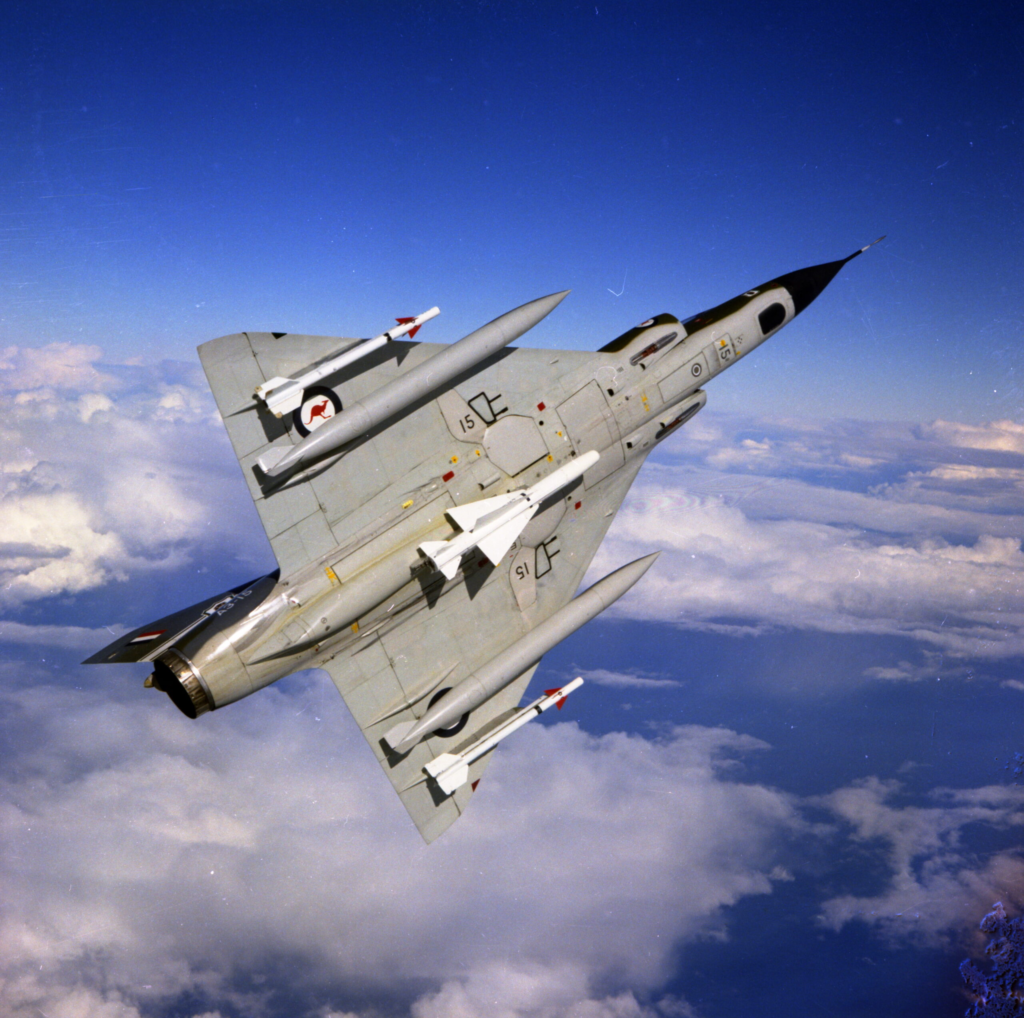
This article delves into the history, performance, and combat use of the Mirage IIIO, with a focus on Australian squadrons like 3 and 79, as well as touching on its global operators. It also highlights your opportunity to fly in a Mirage IIID—a dual-seat variant—during a detachment in Singapore, a story shared on LetsFlyVFR.com.
Development and Australian Acquisition
The Mirage III, developed by Dassault Aviation in the late 1950s, was among the world’s first successful supersonic jets. Its combination of delta-wing aerodynamics and powerful engines made it a trailblazer in high-speed intercept and ground attack roles. Recognizing its capabilities, Australia selected the Mirage III for its air force in 1960 to replace the aging Sabre jets.
The Australian variant, the Mirage IIIO (O for “optimized”), was produced under license by the Government Aircraft Factories (GAF) in Melbourne. The first aircraft entered service in 1964, and a total of 100 Mirage IIIOs were delivered to the RAAF in two main versions:
- Mirage IIIO(F): Optimized for fighter/interceptor roles.
- Mirage IIIO(A): Adapted for ground attack.
Key Features and Performance

The Mirage IIIO shared many characteristics with its French counterpart while incorporating localized improvements to suit Australia’s defense needs.
Aerodynamics and Engine
- Delta Wing Design: The Mirage’s iconic delta wing provided excellent supersonic performance and high-speed stability, though it came at the cost of low-speed maneuverability.
- Engine: Powered by a SNECMA Atar 9C turbojet engine, the Mirage IIIO delivered 13,670 pounds of thrust with afterburner, allowing it to achieve Mach 2.2 at altitude.
Performance Specifications

- Maximum Speed: Mach 2.2 (2,336 km/h) at 36,000 feet.
- Range: 1,200 km (combat radius, depending on load).
- Service Ceiling: 55,800 feet.
- Rate of Climb: Approximately 30,000 feet per minute.
Weapons Loadout
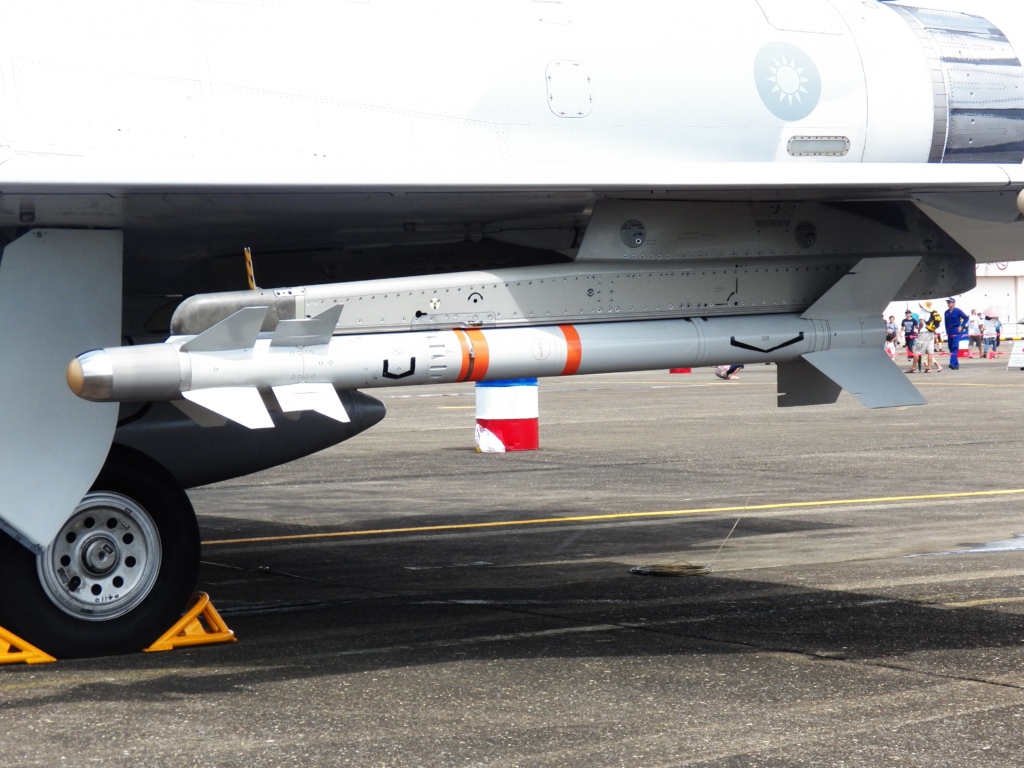
- Primary Armament: Two 30mm DEFA cannons with 125 rounds per gun.
- Missiles:
- AIM-9 Sidewinder (air-to-air).
- Matra R550 Air to Air Missile (Infra Red)
- Matra R530 (air-to-air, semi-active radar-guided or IR).
- Bombs and Rockets: A variety of unguided bombs and rockets for ground attack missions.
- External Fuel Tanks: Often carried to extend range for intercept or strike missions.
- Latest CPU’s Available Now – Amazon.com
- Get a NEW GPU Best Performance – AMAZON.com
- Upgrade RAM Here today – AMAZON.com
- Prebuilt PC Options – AMAZON.com
Dogfight Qualities
The Mirage IIIO was a formidable dogfighter, particularly at high speeds and altitudes. Its delta wing design allowed it to sustain high-speed turns, making it difficult for opponents to shake off in tail-chase scenarios. However, at lower speeds, its turning radius and agility were limited compared to more maneuverable jets like the MiG-21.

Strengths in Air Combat
- High-Speed Performance: Excellent at intercepting enemy bombers or engaging fighters in supersonic combat.
- Climb Rate: Its rapid ascent made it ideal for high-altitude interception.
- Guns: The DEFA cannons were devastating in close-range engagements, offering a high rate of fire and substantial firepower.
Weaknesses
- Low-Speed Maneuverability: In extended dogfights, opponents with more agile designs could gain an advantage.
- Avionics Limitations: While advanced for its time, the Mirage’s radar and targeting systems were eventually outclassed by later-generation fighters.
RAAF Operations and Squadrons
The Mirage IIIO served with distinction across several RAAF squadrons, including 3 Squadron and 79 Squadron, where you contributed to its operations.

3 Squadron RAAF
Based in Butterworth, Malaysia, 3 Squadron was a frontline fighter squadron tasked with regional air defense. Operating under the Southeast Asia Treaty Organization (SEATO), the squadron’s Mirage IIIOs were a key deterrent during regional tensions in the 1960s and 1970s.
79 Squadron RAAF
As a training and operational conversion unit, 79 Squadron prepared new pilots for frontline duties in the Mirage. Its detachment to Butterworth demonstrated the RAAF’s commitment to maintaining a strong regional presence.
Training and Detachments
Your personal story of flying in a Mirage IIID during a Singapore detachment underscores the critical role of training in Mirage operations. Dual-seat variants like the Mirage IIID provided pilots and navigators with invaluable hands-on experience, allowing them to master the aircraft’s complex systems.
Global Users and Combat History
While the RAAF focused on air defense and regional deterrence, the Mirage III family saw extensive combat with other operators, showcasing its versatility and effectiveness.
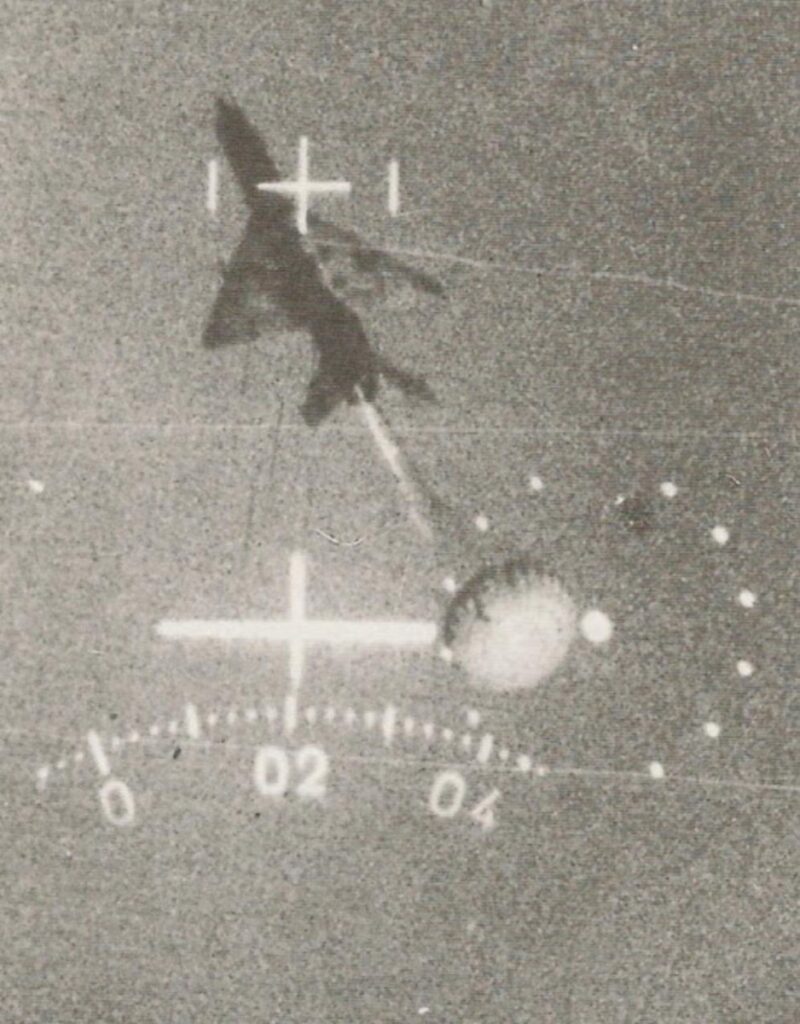
Key International Operators
- France: Used extensively in reconnaissance and air defense roles.
- Israel: The Mirage III achieved legendary status during the Six-Day War (1967), where Israeli pilots used its speed and agility to dominate enemy MiGs.
- Pakistan: The Mirage III was central to Pakistan’s air campaigns, including precision strikes during conflicts with India.
- South Africa: Adapted for long-range strike missions during the South African Border War.
Notable Combat Achievements
- In Israeli service, the Mirage III claimed numerous aerial victories, cementing its reputation as one of the top fighters of its era.
- In South America, Argentina operated the Mirage III during the Falklands War, though it faced limitations against modern British aircraft like the Sea Harrier.
Successes and Challenges
The Mirage IIIO was widely regarded as a reliable and capable aircraft in RAAF service.
Strengths
- Supersonic Capability: The Mirage IIIO gave Australia its first Mach 2 aircraft, a critical leap forward in air defense.
- Adaptability: It performed well in both fighter and strike roles, thanks to its robust airframe and versatile weapon loadouts.
- Low Maintenance Needs: Compared to its contemporaries, the Mirage was relatively easy to maintain, an aspect I experienced first hand.
Challenges
- Aging Avionics: By the 1980s, the Mirage IIIO’s radar and systems were outpaced by emerging fourth-generation fighters.
- Range Limitations: Without external tanks, its range was restricted, particularly for strike missions.
- Delta Wing Compromises: While excellent at high speeds, its performance in low-speed combat was a notable drawback.
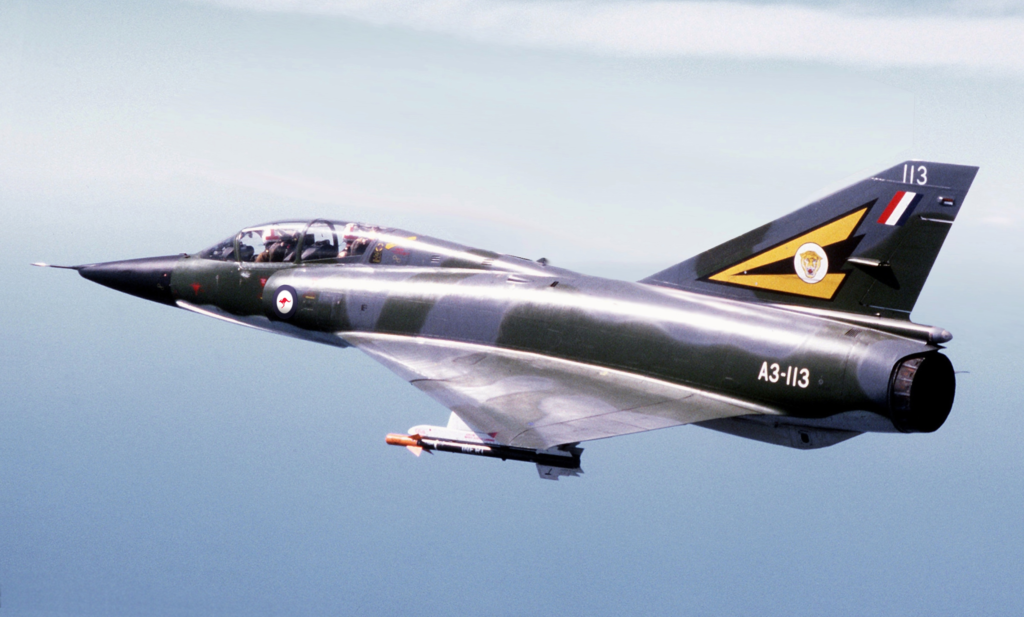
Legacy and Personal Reflections
For the RAAF, the Mirage IIIO marked the transition to supersonic airpower, playing a pivotal role in Australia’s defense strategy for over two decades. Its retirement in the late 1980s made way for the F/A-18 Hornet, a more advanced multirole platform.
My experience with the Mirage IIIO at Butterworth and the opportunity to fly in a Mirage IIID encapsulate the aircraft’s importance not just as a weapon of war but as a platform for collaboration and training. The Mirage IIIO forged strong ties among allied nations and left an enduring legacy in the history of Australian aviation.
The Mirage IIIO and IIID (Duel Seat) were incredibly reliable. Flying three waves of aircraft during exercises and gunnery/Bombing camps. Weapons loading was relatively simple, a very manual affair with none of the niceties that were to arrive with the F-18 Hornet in the mid/late 80s. THe Mirage was my first fighter and the only fighter and I was privileged to have actually flown in the D Model out of Singapore in late 1986 on a hot humid Singapore day! You can read about this amazing experience here!
As the Mirage III family becomes a potential addition to DCS World, enthusiasts could relive the thrill of flying this iconic aircraft, from intercepting enemy bombers to executing precision strikes. The inclusion of the Mirage IIIO would pay homage to its storied career and allow a new generation to experience the high-speed, high-stakes world of Cold War aviation.
How Good a Dogfighter Was the Mirage IIIO?
The Mirage IIIO is most likely going to love the ounce circle fight with its delta wings and its ability to get amazing AOA. The qualities of the Mirage as is true with any fighter comes with the nut at the wheel. Our pilots were ver very good with massive experience as the Mirage was at the end of its life when I was posted to Butterworth, Malaysia to work on it. During my time there the SQN went to the Philippines for a COPE THUNDER! The asian equivalent loosely of Red Flag.
In the gun sight picture above there is a Mig-21, but in my viewing of the very excited 3/79 SQN pilots gun camer a footage it was littered with F-16’s and F-15s filling the gun sights regularly. It was truly impressive to see the old lady taking wins against the then new fighter on the block, the F-16 Fighting Falcon. The addition of the mighty F-15 Eagle was truly incredible to add to their kills.
The truth be told, our RAAF pilots said the Vipers and Eagles refused to work together and as a result they shot many of them down in Dogfights. Our pilots were very humble saying that should the two newer jets have worked together they really didn’t really stand a chance. The boys had the shot so they took it 🙂
- Joystick / HOTAS – AMAZON.com
- Rudder Pedals – AMAZON.com
- Throttle Quadrant – AMAZON.com
- Gaming Chair – AMAZON.com
- VR Headset – AMAZON.com
Aircraft Research & Development Squadron (ARDU)
ARDU was my next posting which was incredible. THe aircraft were generally painted as you see the Orange and white one below. THese had special instrumentation for flight testing and trials of new weapons and systems. The Mirage did a lot of good work developing glide bomb kits for Mk82’s as well as Weapons Racks and more while I was at ARDU.
A very very interesting place to work shall we say.

Conclusion
The Mirage IIIO remains a symbol of technological innovation and operational excellence. Whether defending Australian airspace, patrolling Southeast Asia, or contributing to the broader Mirage III legacy, it served with distinction. Your firsthand experience brings its story to life, highlighting the aircraft’s enduring appeal and the camaraderie of those who maintained and flew it.

Author
Brendon McAliece (Aka Gunnie) is a military veteran with 23 years working on Jet Fighters, their weapons systems and ejection seat/module systems as well as munitions and R&D. Involved with flight simulation since the 1980s, he has flown all the major flight simulators over the years.
He is an Australian expat who has lived in Malaysia, UK, Saudi Arabia and more recently Thailand. He is a multi-lingual blogger who loves to share his life experiences here on LetsFlyVFR.com and DreamingGuitar.com, with his lifestyle and Travel experiences Blog plus his Dreaming Coffee website.
Learn More @ DreamingGuitar.com – DreamingCoffee.com – LetsFlyVFR.com
( HOME – BLOG – SHOP – ABOUT )
As an Amazon affiliate I may benefit from qualifying sales.
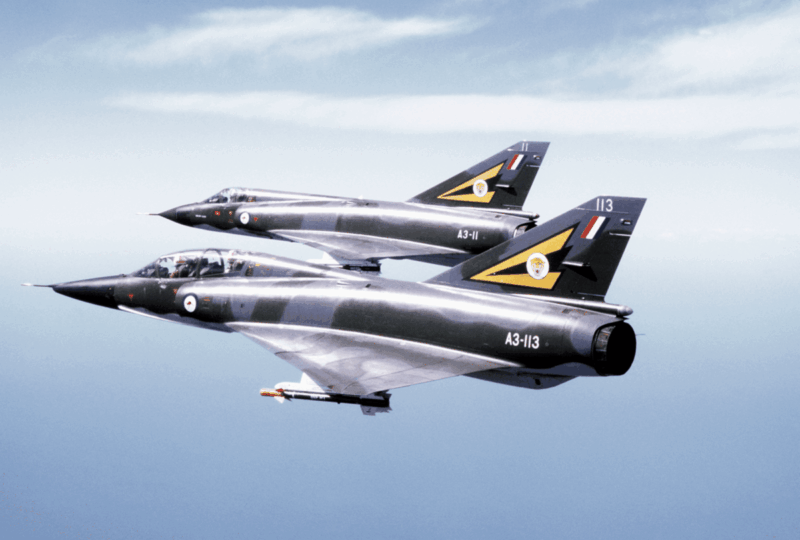



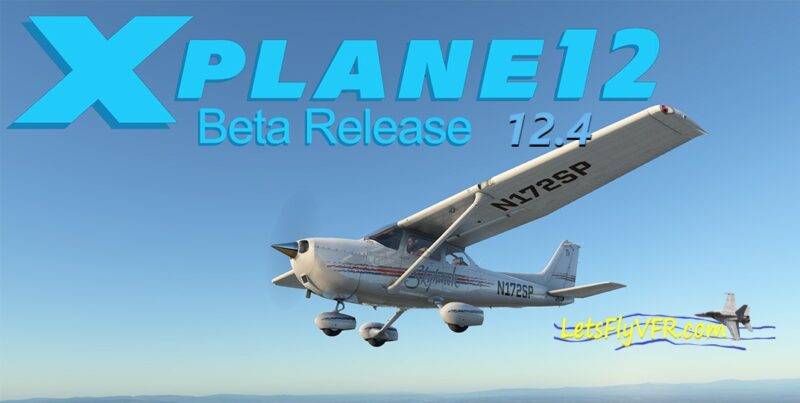
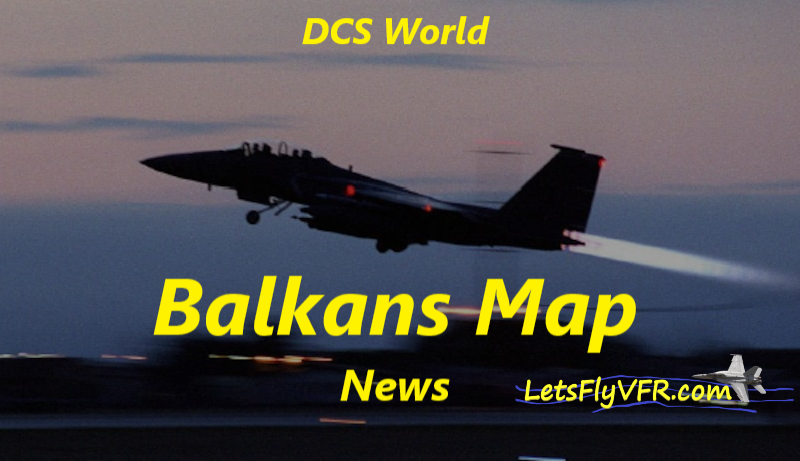




One response to “The Mirage IIIO: Australia’s Supersonic Vanguard”